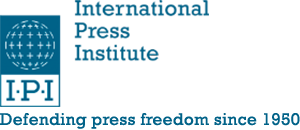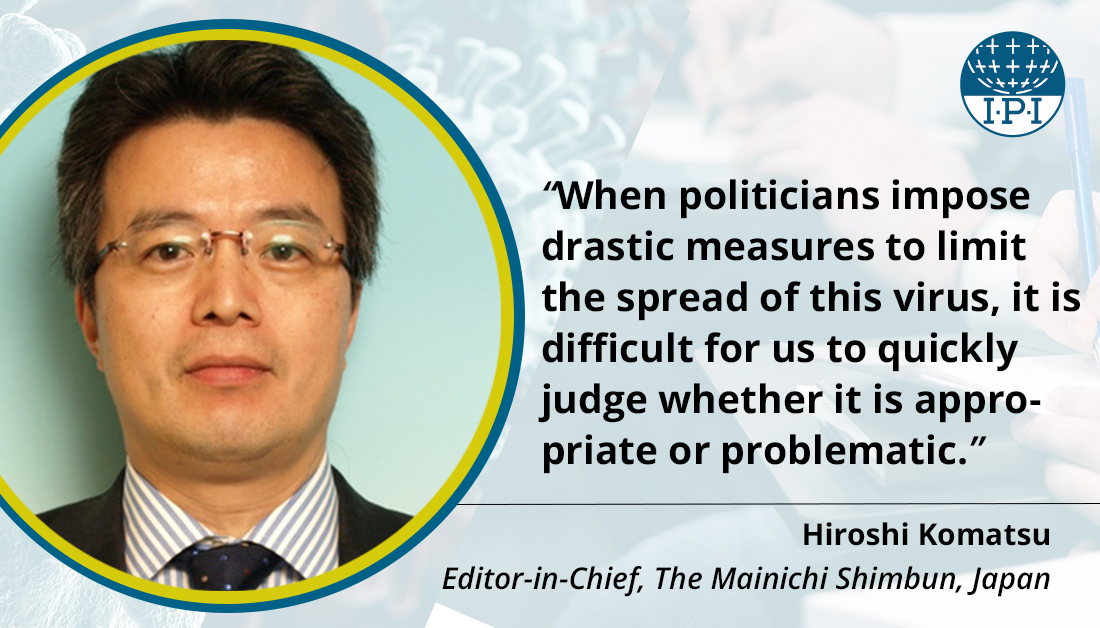Hiroshi Komatsu, Editor-in-Chief, The Mainichi Shimbun, Japan
I think there are three challenges for journalists to cover the Coronavirus.
First, we are not able to have an enough access to those who are infected or the hot spot where the “overshoot” occurred like Wuhan in China, mainly because we take the safety of journalists into consideration.
Consequently, it is hard to understand the entire structure of this pandemic.
Second, fake news or rumours are always parts of the pandemic. Therefore, we make it a rule to check every unclear information based on the views of reliable experts.
Third, there are no clear-cut ways to contain this virus for the present.
When politicians impose drastic measures to limit the spread of this virus, it is difficult for us to quickly judge whether it is appropriate or problematic.
I think these challenges come from the very fact that we still do not know the true nature of this virus.
So, all we must do is to report accurate, trusted information by paying attention to the proper balance between the individual human rights and the safety of the entire society.
Social distancing is the top priority for all reporters covering the Coronavirus-related news.
When contacting those who are tested positive, recovered from the infection, returned from the countries where the government has imposed a travel restrictions, reporters are advised, as a general rule, to use telephone, e-mail, SMS, instead of face-to-face conversation.
We allow our reporters and editorial writers to work at home, if necessary.


